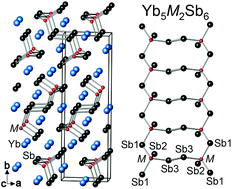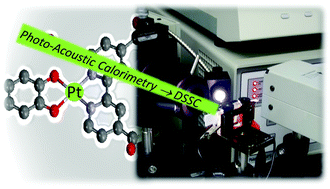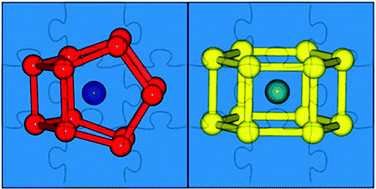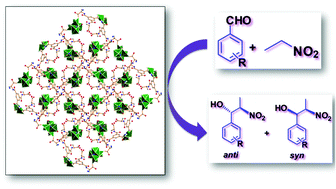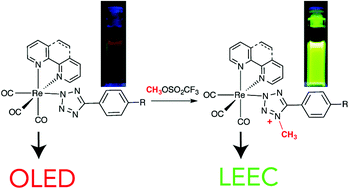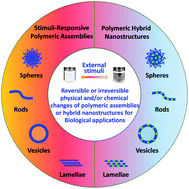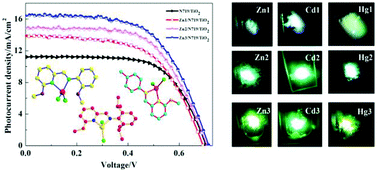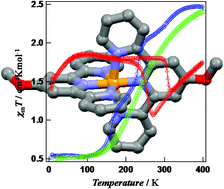We are very pleased to announce the launch of a commemorative article collection in memory of Lord Jack Lewis.
Lord Jack Lewis, who recently died aged 86, was the 1970 Inorganic Professor at Cambridge for 25 years from 1970 to 1995. Highly energetic and extremely talented, he was among a small band of pioneers who revolutionised inorganic chemistry and must be regarded as one of the true founding fathers of the modern field. As a tribute to Jack, Brian F. G. Johnson, William. P. Griffith, Robin J. H. Clark, John Evans, Brian H. Robinson and Paul R. Raithby have chosen a selection of his papers that they feel demonstrate Jack’s interest and contribution to inorganic chemistry over the course of his career, introducing them in a special Editorial in Dalton Transactions.
We very much hope that you will enjoy this commemorative article collection.
To access all of the Lewis articles and the Editorial, go to: http://rsc.li/lewis.












